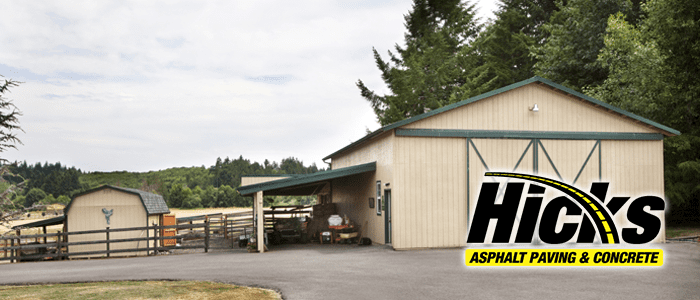The United States Capitol building is one of the most symbolically important buildings in the country. It stands “as a monument to the American people and their government”. It has housed the chambers of the House of Representatives and the Senate for over two centuries and is the focal point of the Legislative Branch of the government.
The Beginning
The history of the capital building starts in 1783. Since then, the U.S. Capitol experienced building, burning, rebuilding, extension and restoration. The Capitol that we see today is the result of several major periods of construction; it stands as a monument to the ingenuity, determination and skill of the American people.
Construction was a laborious and time-consuming process: the sandstone used for the building had to be ferried on boats from the quarries at Aquia, Virginia; workers needed motivation to leave their homes to come to the relative wilderness of Capitol Hill; and funding was inadequate.
By August 1796 the commissioners had to focus the entire work effort on the building’s north wing so that it at least could be ready for government occupancy as scheduled. Even so, some third-floor rooms were still unfinished when the Congress, the Supreme Court, the Library of Congress, and the courts of the District of Columbia occupied the U.S. Capitol in late 1800.
Progression
In 1803, Congress allocated funds to resume construction. A year earlier, Congress abolished the office of the commissioners and created a Superintendent of the City of Washington. To oversee the renewed construction effort, Congress appointed Benjamin Henry Latrobe as architect. The first professional architect and engineer to work in America, Latrobe modified Thornton’s plan for the south wing to include space for offices and committee rooms; he also introduced alterations to simplify the construction work.
The Ravages of War
The War of 1812 left the Capitol, in Latrobe’s later words, “a most magnificent ruin”. On August 24, 1814, British troops set fire to the building, and only a sudden rainstorm prevented its complete destruction. Immediately after the fire, Congress met for one session in Blodget’s Hotel.
Latrobe returned to Washington in 1815, when Congress rehired him to restore the U.S. Capitol Building. In addition to making repairs, he took advantage of this opportunity to make further changes in the building’s interior design, for example, an enlargement of the Senate Chamber and introduce new materials, for example, marble discovered along the upper Potomac.
Finishing it Up
However, he came under increasing pressure because of construction delays (most of which were beyond his control) and cost overruns. He resigned his post in November 1817. On January 8, 1818, Charles Bulfinch, a prominent Boston architect, was appointed Latrobe’s successor. Continuing the restoration of the north and south wings, he was able to make the chambers for the Supreme Court, the House, and the Senate ready for use by 1819.
Bulfinch also redesigned and supervised the construction of the Capitol Building’s central section. The copper-covered wooden dome that topped this section was made higher than Bulfinch considered appropriate to the building’s size at the direction of President James Monroe and Secretary of State John Quincy Adams.
In Conclusion
The Capitol building is an impressive structure. At ground level, its length is 751 feet 4 inches and its width is 288 feet.





